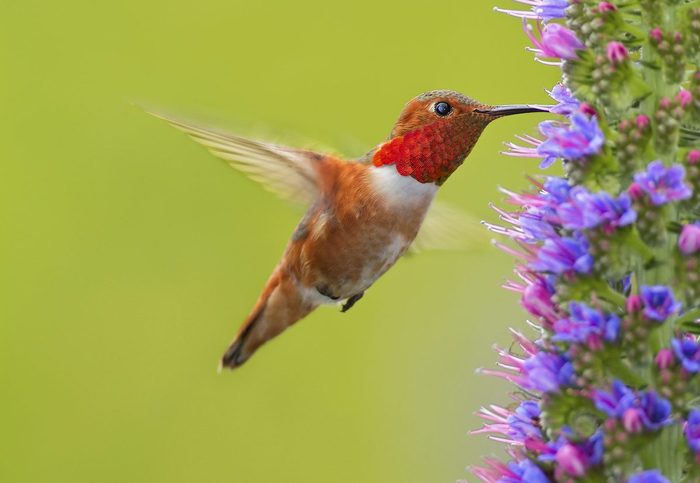
All About Hummingbird Anatomy
No fliers are as well-equipped to drink nectar as hummingbirds. With long, thin bills and tongues that lick up to 13 times a second, their mouths alone make them extraordinary. But the wonder doesn’t stop there—they are among the few birds with the ability to hover and even fly backward, allowing them to easily zip from flower to flower. Learn more about why hummingbird anatomy is so incredible.
What makes hummingbird feathers so shimmery?
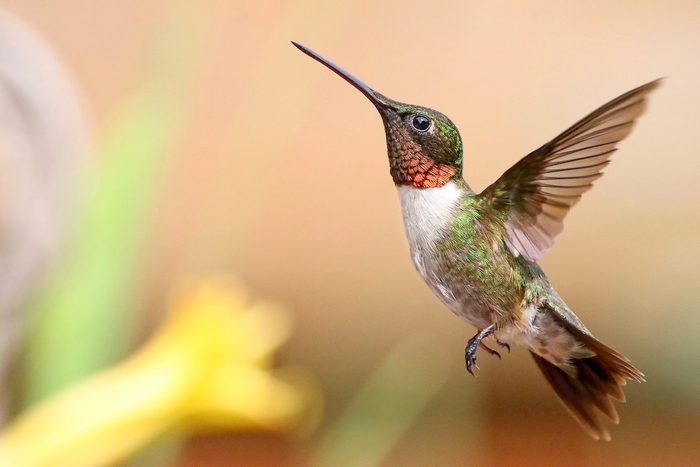
Eyes
These birds have a keen sense of sight. Their large eyes pick up as many colors as human eyes do, plus ultraviolet light.
Check out even more jaw-dropping hummingbird facts.
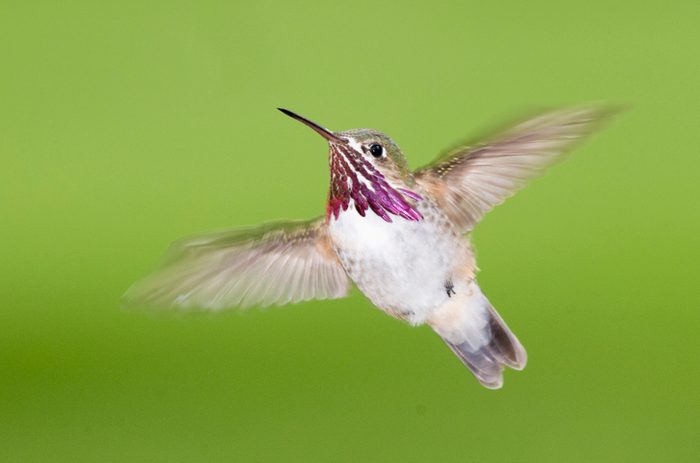
Wings
Thanks to wings that flap around 50 times per second, you can often hear a buzzing hum when they pass by.
Lead edges of hummingbird wings create tornado-like vortexes to help with hovering. The smaller the hummingbird, the faster its wings beat. But it’s not the speed of its wings that allows a hummingbird to hover—it’s the structure of its wing joints. Hummingbirds can rotate their wings as they flap. This lifts them into the air on both the forward and backward strokes.
Did you know—the hummingbird heart rate is unbelievably fast!
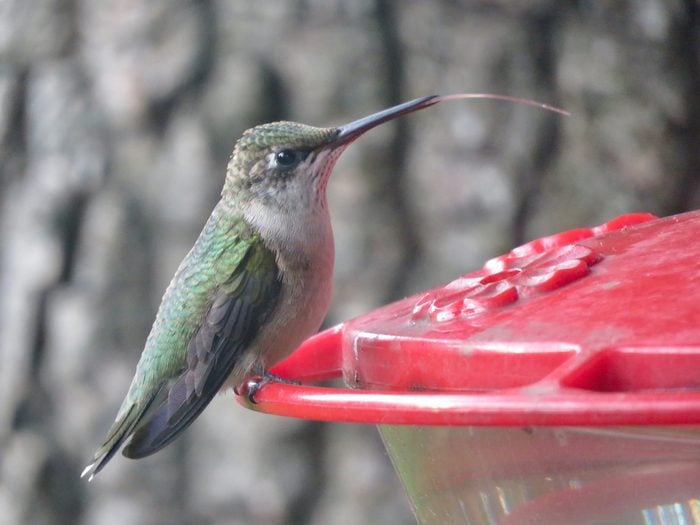
Tongues
Hummingbird tongues act as thin pumps that contract to draw in nectar from flowers and sugar water from feeders. Similar to woodpeckers, hummingbirds have tongues that wrap around their skulls and back toward a nostril when retracted.
Find out what foods, how often and how much hummingbirds eat.
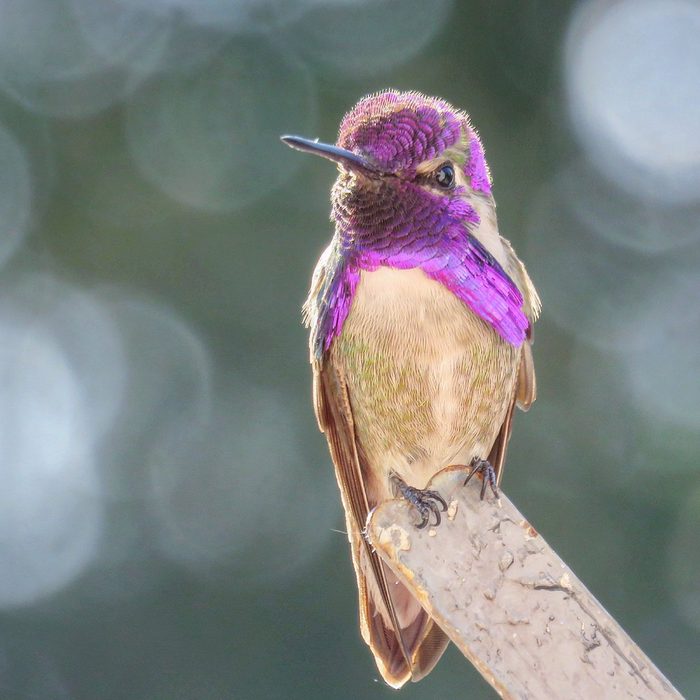
Feet
Their frail, dainty feet are used for perching only; hummingbirds don’t walk or hop. Learn more about how bird feet work.
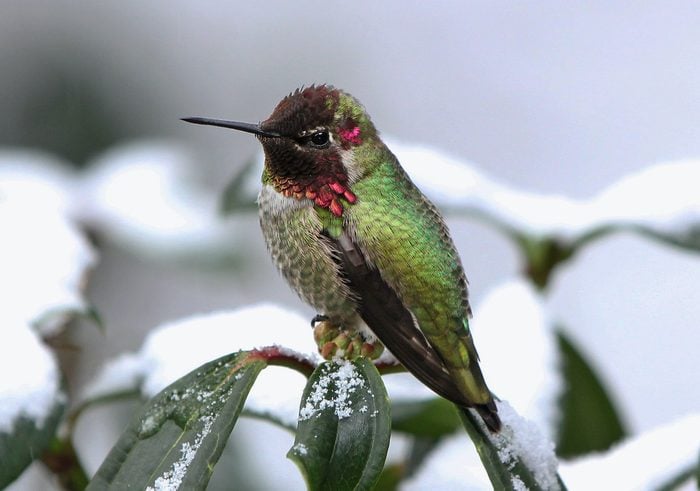
Body Temperature
An Anna’s hummingbird‘s body temperature is typically 107 degrees, but it can drop down to 48 degrees when it goes into torpor, a kind of deep sleep, during cold weather.
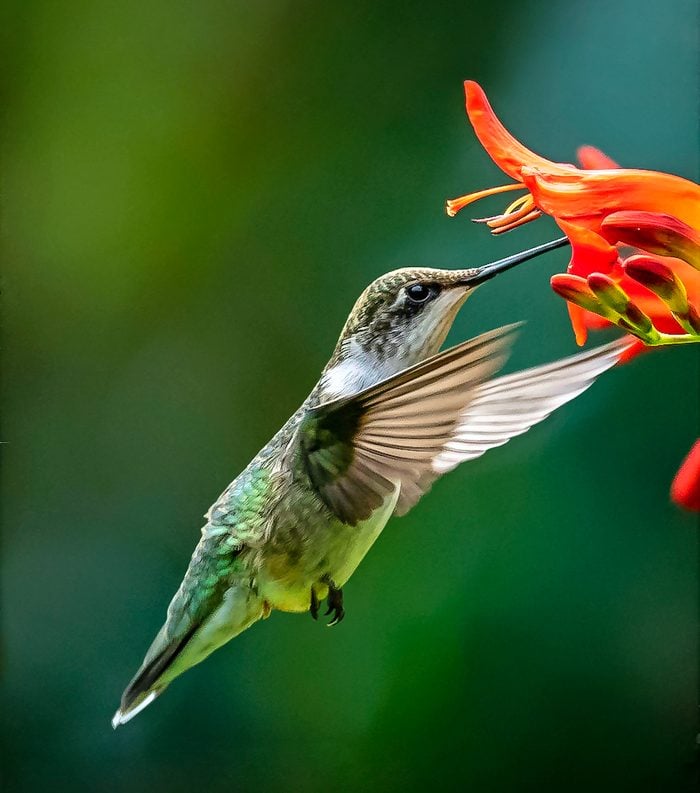
Tails
Sturdy tail feathers are used like rudders to make hairpin turns. Additionally, research shows that the male Anna’s stiff tail feathers make songlike sounds during courtship displays.
Tail feather patterns, such as this female ruby-throated’s (above), are one of the keys to identifying these fast fliers.
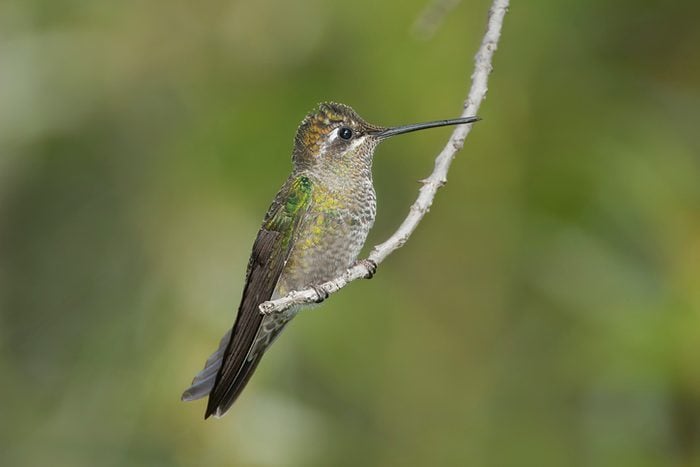
Weight
Most common hummingbirds weigh roughly 3 to 4 grams. That’s a little more than the weight of a penny.
Discover the truth about common hummingbird myths.
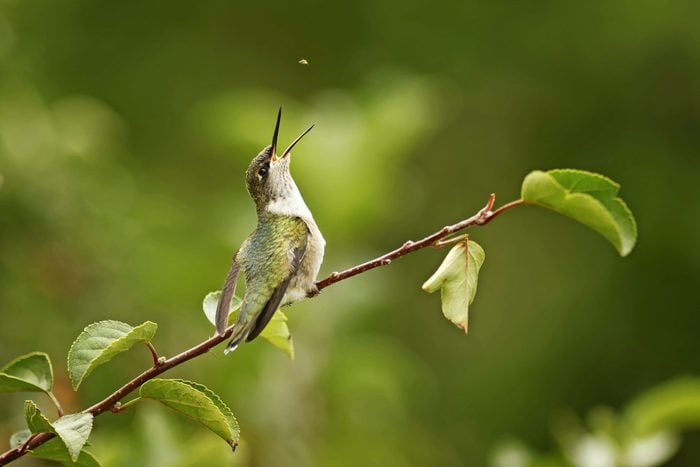
Big Appetites
Large hearts and pectoral muscles, coupled with figure eight patterned wing flaps and stiff rudderlike tails, give these aerial acrobats the ability to easily maneuver as they furiously feed. Nectar and bugs fuel hummingbirds—they consume up to three times their body weight in food daily.
Next, learn everything you need to know about hummingbird nests.
